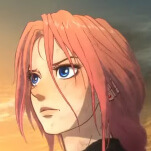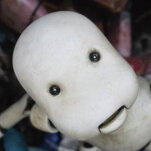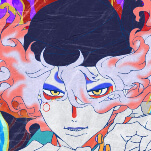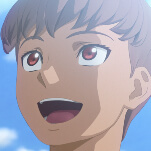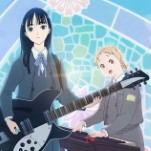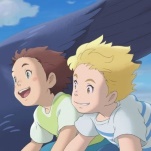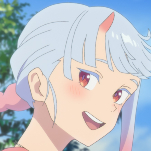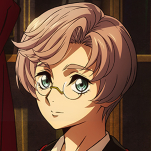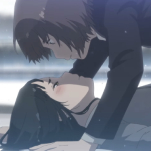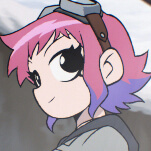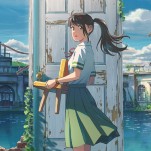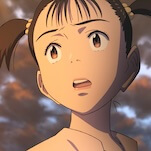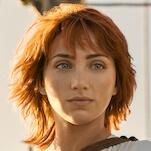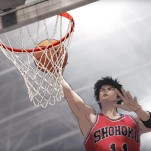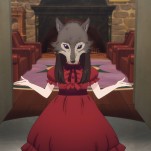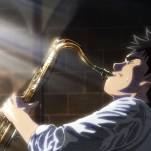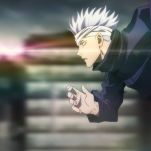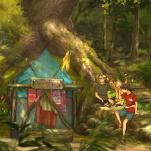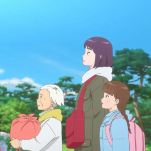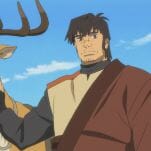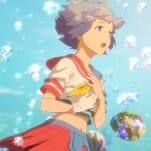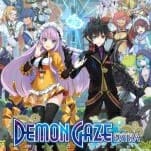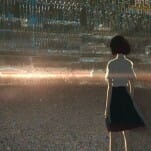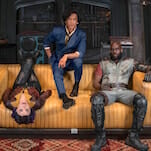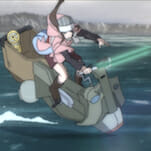The Boy and the Heron Is Miyazaki’s Masterwork
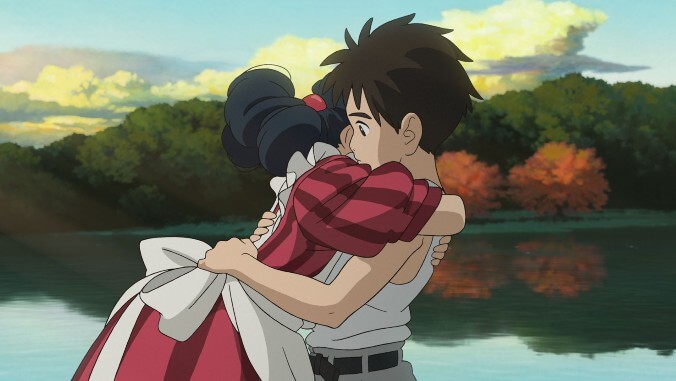
The only thing most anyone knew about The Boy and the Heron before its Japanese release earlier this year was that it is in some form an adaptation of filmmaker and Studio Ghibli co-founder Hayao Miyazaki’s favorite childhood book, Genzaburo Yoshino’s 1937 novel How Do You Live? An epistolary text, it is a time capsule, preserving the virtues of the society it was made and circulated in. It’s about how to live as a good person in this world, about the childhood experience of discovering difference, disparity, and loss—and, thus, turning to philosophy. It can be didactic, but its exchanges between uncle and nephew are heartwarming.
The influence of the text is apparent in Miyazaki’s work at Ghibli. His protagonists—almost all children, many young girls—aren’t innocent, unformed adults, but people with experiences shaping their perspectives. He does not deny the truth of childlike wonder as naivety, but does not simply cherish it. He contemplates it with the attention we would reserve for great thinkers. In his video essay on Spirited Away and parenthood, laborkyle writes: “There is magic in the willingness to link the interpretive framework of young people to the already existing language of our social and cultural worlds in such a way that affirms their feelings and challenges the perspectives of adults.” This is the unremarked-upon virtue of the uncle in Yoshino’s text, and the sentiment shared between How Do You Live? and Miyazaki’s filmography.
Through animation, Miyazaki has repeatedly corporealized such magic in his fantasy worlds, pushing the craft of, not to mention popularizing, animation globally. While the protagonist of his latest film, Mahito (Soma Santoki), is styled around Miyazaki’s childhood, Miyazaki himself appears as he is today more directly in the figure of Mahito’s granduncle (Shōhei Hino), a man who built a mysterious library on the family estate decades ago before disappearing into his stories forever. The Boy and the Heron, released in Japan with the same name as Yoshino’s novel, becomes a firm reminder of the need to grow up, but one that recognizes the importance of the ephemeral experiences of childhood.
Unlike Miyazaki’s semi-biographical 2013 swan song The Wind Rises, the quasi-autobiographical The Boy and the Heron is styled as the fantasy Bildungsroman that he became famous for—with a mature, edgier bent. The opening sequence depicts a 1943 firebombing, rendered with striking animation that entirely breaks with the art style of the rest of the film, veering into the abstract. Mahito’s ill mother dies in the flames. The sequence is revisited several times throughout the film as a traumatic memory, first experienced and then solidified as a nightmare where fire and shadow and all the people in between blur. Afterwards, the 12-year-old moves to the countryside as his father Shoichi (Takuya Kimura), an industrialist contributing to the war effort, remarries his late mother’s younger sister, Natsuko (Yoshino Kimura). She is already pregnant with Mahito’s sibling when the two first meet.
There is much to unpack about the wealthy urbanite family’s retreat to the rural periphery, a place impoverished by the very war that Shoichi is profiting from and where the land rejects his progeny. Unlike the bucolic farmland of My Neighbor Totoro that imagines a space closer to nature or the remnants of a nostalgic past in Spirited Away that facilitates its fantastical traversal, the impetus for Mahito’s journey is an act of self-harm. One must wonder how much time was spent animating the pooling blood that left my audience silent in their recoil.
The spirits find Mahito, feverish and delirious, on the family’s rural estate. A particularly nettlesome gray heron (Masaki Suda) harasses the boy, drawing him towards the site of his coming-of-age journey. His guide hereafter is apprehensive, the fantasies tainted with death and decay. These antagonistic relationships differ from the hostility undergirding the environmental commentary in the likes of Princess Mononoke, and that comes through in their animation. The spirits at first take the ostensible shape of hallucinations rendered in fluid, disgusting movements. Flesh and scale and feather all amass into a grotesque whole. But it’s all more restrained than the childish spectacle of Ponyo. It’s something more focused, more sinister and, unlike a Shinkai film, the animation does not draw any attention to itself. It simply evokes the wonder of the image moving—a painting with a timeline.
From here, the script (trans. Don Brown) is perhaps Miyazaki’s best. Sharing its outline with all these past films, The Boy and the Heron utilizes a different narrative mode: The mythic. This is a fantasy world that deals in archetypes instead of history orientated by the polemics of fascists and philosophers. Everything is handled with delicate ambivalence, all implicit, the intentions left ambiguous. It is an open text begging to be read. Some may get the impression the film says nothing at all, but The Boy and the Heron is ultimately something more enduring than an edification.
-

-

-

-

-

-

-

-

-

-

-

-

-

-

-

-

-

-

-

-

-

-

-

-

-

-

-

-

-

-

-

-

-

-

-

-

-

-

-

-





